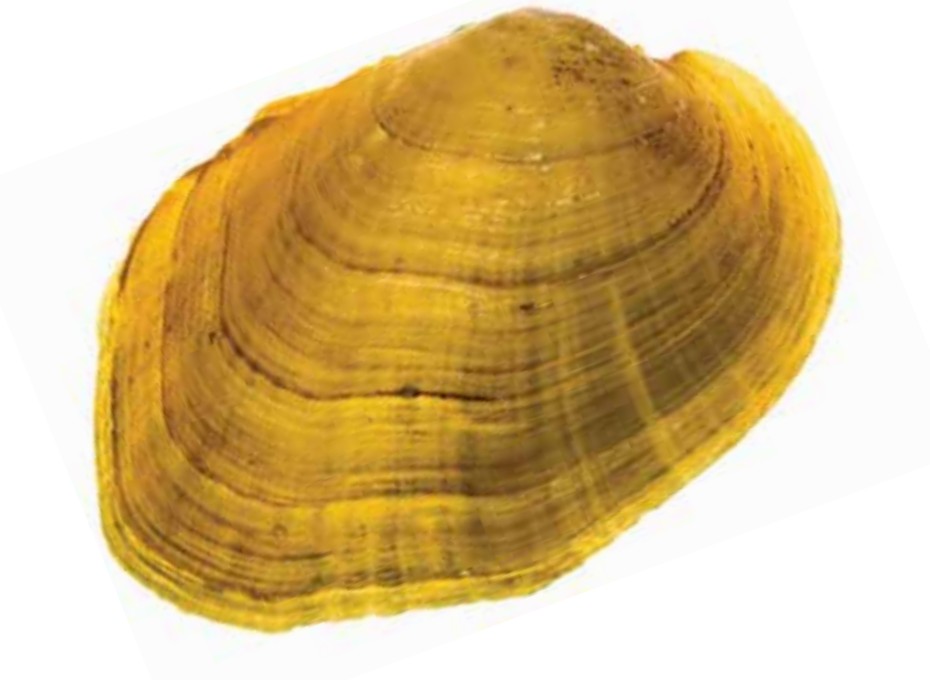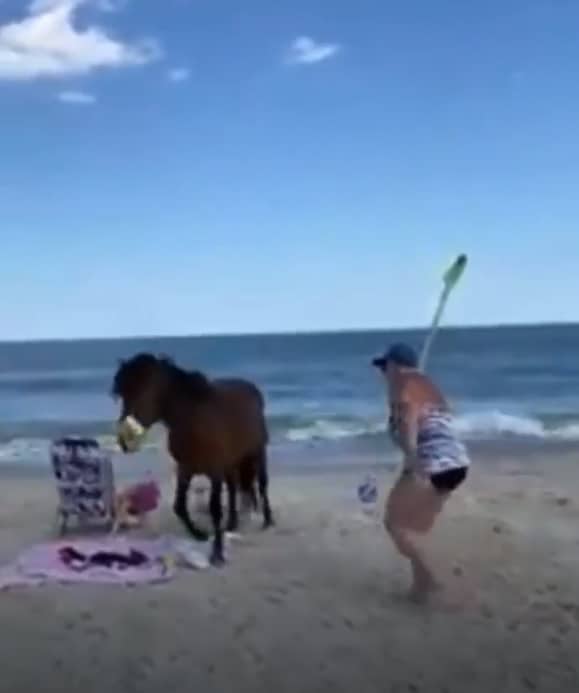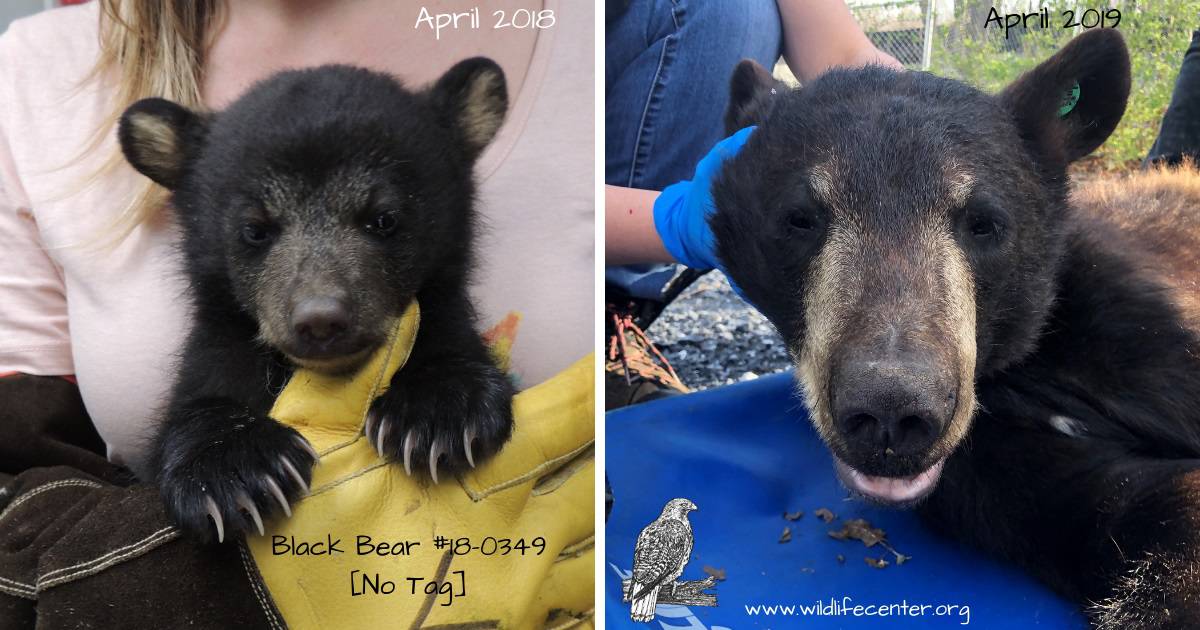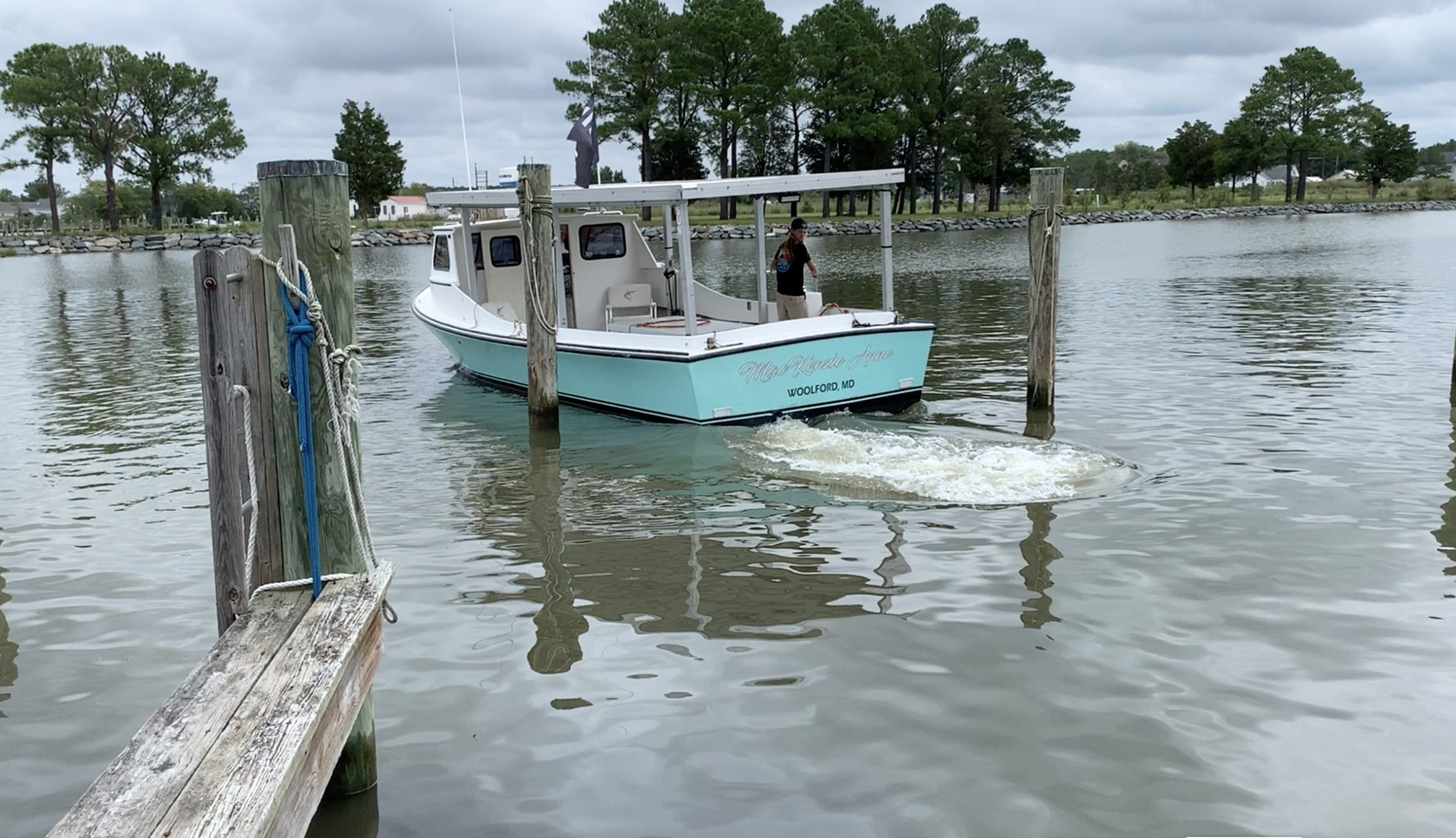Two weeks ago, the U.S. Fish & Wildlife Service removed Virginia’s green-blossom pearly mussel from its Endangered Species list—officially declaring it extinct. It was among 23 U.S. species named extinct this fall. Among them, eight were different species of mussel.
The green-blossom pearly mussel was indigenous to the Clinch River in southwest Virginia and Tennessee’s Cumberland Plateau, and hadn’t been spotted since 1984. While the Clinch River falls outside the Chesapeake watershed, its extinction has sparked more interest in protecting the mussel species that persist in the Bay’s rivers.
A March 2020 report from the Chesapeake Bay Program partnership continues to drive increased public interest, scientific research, and funding to assess the value of restoring these remarkable shellfish to the Chesapeake watershed’s freshwater rivers. In the end, these often-forgotten mollusks may prove to have as much value to the Bay ecosystem as our iconic Eastern oysters.
“We still have a problem paying attention to creatures whose value to us is indirect,” remarked Chesapeake Bay Foundation Virginia Senior Scientist Dr. Joe Wood. “Recognizing ecological value means looking beyond a species’ immediate value to us for food or sport,” he continued. “Like oysters, freshwater mussels provide ecosystem values like filtering water and removing excess nitrogen that are subtle but crucial to restoring the Chesapeake’s health. If we want a healthy Bay, we have to look deeply into the way the system works and pay attention to the natural systems that supported it before we humans began to alter it. Restoring those natural filtration systems, including oysters (and other shellfish) in salty waters and multiple species of mussels in freshwater will pay big dividends in the long term.”
Wood notes that some freshwater mussel species live longer than humans. Many freshwater mussel populations are vulnerable or face extinction pressures. “If we look forward 50 years, it’s possible we lose a lot more species of mussels, along with their unique capacities to adapt effectively to specific river systems,” Wood warns.
Ideas for research and restoration include considering impacts of ammonia deposition from air pollution, to which mussels are highly vulnerable; developing 3-D-printed models of shells to help interested citizens learn more about local species (they are all endangered, so handling them is prohibited); involving volunteers in restoration and monitoring efforts; and developing new methods of large-scale propagation for re-stocking beds.
One promising funding source for mussel bed restoration projects is Chesapeake WILD, a new program of the U.S. Fish and Wildlife Service designed to “build upon existing conservation partnerships, priorities, and plans in the Chesapeake Bay watershed, which connects six states and the District of Columbia.” It will prioritize creation of habitat for vulnerable species, including but not limited to those listed as Threatened and Endangered. Stay tuned. Bay Bulletin will continue to watch as mussel restoration projects develop.
–John Page Williams




